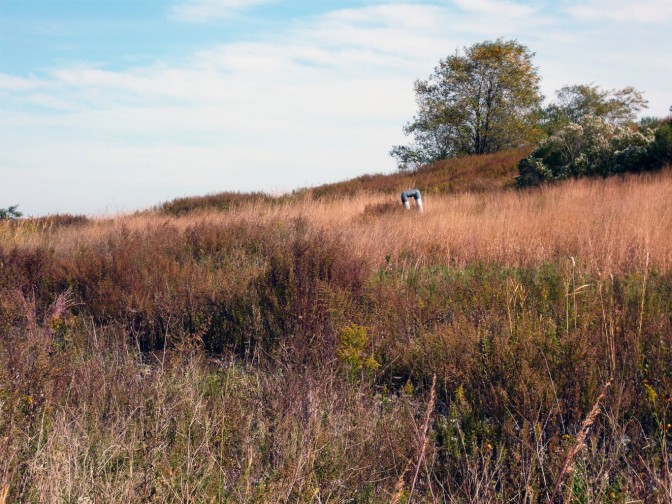Found Island’s Gallery Opening

Lenore Solmo’s Found Island opened at the Freshkills Art Gallery on Thursday, April 3rd and runs through April 28th. Solmo intertwines art, environmental activism and cultural homage, all of which join to tell a story of the precarious condition of our oceans and how our impact on the environment will be felt by generations to come. The artwork in the Found Island exhibit is created from plastic bottles collected from the shores of Staten Island over the course of a year, and incorporates oyster shells to create a reflection on the fragility of our oceans and our planet’s shared future. The first exhibit to be hosted in Freshkills’ gallery space post pandemic, and to have such a personal connection to Staten Island’s waterways, Freshkills is more than thrilled in our partnership!
Lenore Solmo is a self-taught, mixed media artist based in Brooklyn, NYC. In 2020, as the world seemed to stand still, Solmo committed to making art from found objects rescued from the streets of NYC, giving them new life, and keeping them out of landfills. Her work challenges viewers to reconsider their own consumption habits, reflecting on what we leave behind and how we value and devalue the objects that so quickly pass through our hands. Solmo’s art shares keystone beliefs with Freshkills mission: sustainability, reclamation, and the hope of renewal.
From oyster reefs constructed out of upcycled fishing line and emerald jellyfishes made of plastic water bottles, Solmo refines and reimagines our waste into vibrant ecosystems and invertebrates. Hung from the ceiling of Freshkills Park Gallery are the decorated, jeweled bodies of octopus and jellyfish, and mobiles made of fishing wire and oyster shells, painted to glimmer hues of blue and gold. A favorite in the gallery is Dripping Oysters, which features vintage pearl and oyster shells hung on a piece of driftwood collected from Staten Island’s Lemon Creek Park.
After a successful gallery opening, Solmo plans to host a series of workshops at Freshkills Gallery related to her own artistic processes. The first of the series is an upcycled octopus class, followed by an upcycled magnet class, and finally, a Sip & Create for adults, where Lenore will guide participants in making decoupage trinket dishes out of oyster shells.
Q&A with Artist
What art piece are you most proud of?
I recently became interested in oysters after reading The Big Oyster and discovering that oyster farming was once incredibly prevalent in New York Harbor. Once symbols of high-end events, champagne, and coastal luxury, oysters now stand in stark contrast to the city’s current environmental reality. I began experimenting with creating oysters from plastic bottles—cutting, heating, and painting the plastic. Once I added the vintage pearl detail, I was hooked. I really like how “Dripping Oysters” turned out. I found a piece of driftwood and the fishing cable during a beach clean up at Lemon Creek Park and added vintage pearl, bead and crystal detail for sparkle.
What art piece proved to be the most challenging to create?
Once the plastic piece is chosen, the long process begins. I cut, heat, and pierce each piece by hand, then color it with layers of alcohol ink. From there, I begin the slow, meticulous work of hand-stitching the plastic forms together, weaving in vintage beads and pearls. It’s a process that takes time, focus, and dexterity
Why is sustainability so important to the artistic process?
Our earth is covered in plastic. I try not to buy anything new that would add to the problem. Instead, I source my materials from the overflowing trash bins in the city. What others discard, I see as potential.





